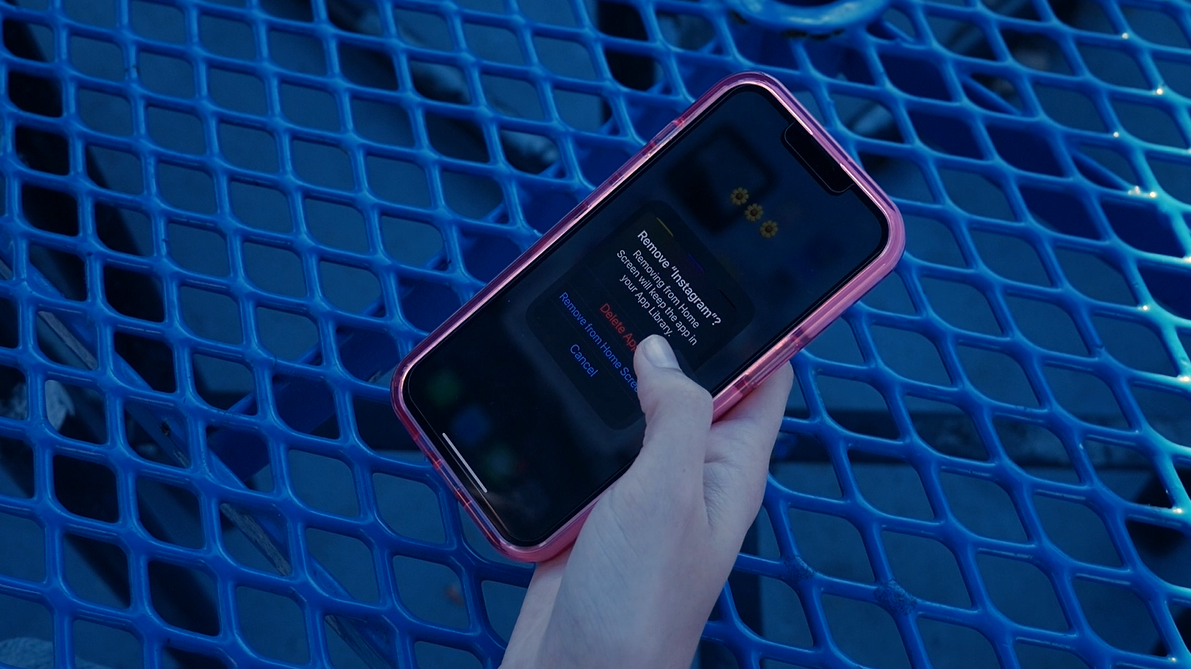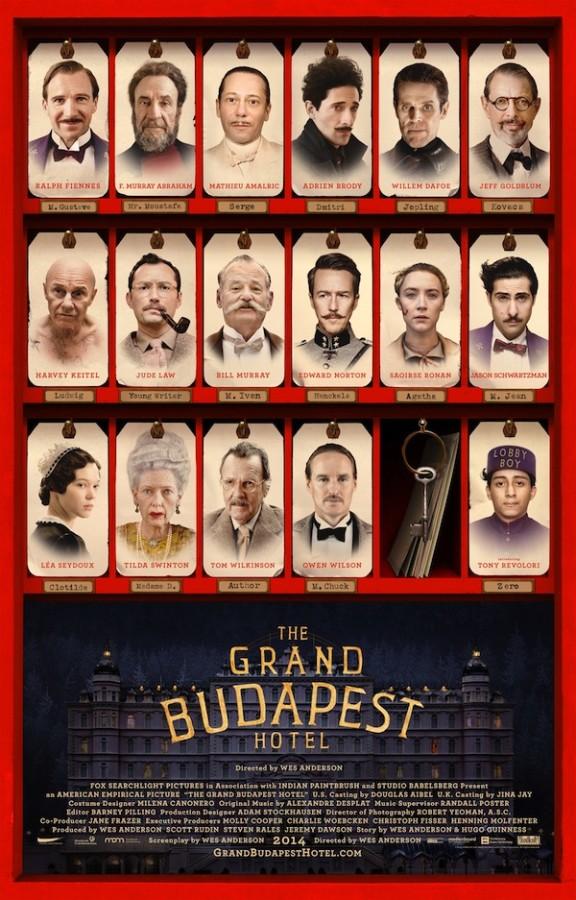‘Grand Budapest Hotel’ impresses with style, substance
Wes Anderson, the director of “The Grand Budapest Hotel,” becomes more and more enveloped in his distinct style, making use of pastel color schemes and an obsession with symmetry and zoom-ins. His sensibilities seem to have their roots in stage theater, where his use of the chapter format and stage-like set pieces don’t feel out of place at all, but work nicely in the context because these little nods to other mediums make everything seem charming and warm. Witty and quirky characters, combined with an endearing script work to create a memorable and entertaining experience.
Ralph Fiennes plays M. Gustave, the owner of the Grand Budapest, a hotel in India, and the film tells his story of his adventures with the hotel’s lobby boy Zero, played by Tony Revolori. An old women named Madame D. (Tilda Swinton) who was close friends with Gustave leaves him a priceless painting in her will that the rest of her family is desperate to take from him, willing even to kill. This leads into the zany adventures of Gustave and Zero as they try to avoid being hunted down by J.G. Jopling (Willem Defoe), who was hired by the Madame’s son played by Adrien Brody. The film at its heart is a comedy, but it never feels like anyone is joking; this is simply how the people in this world interact with one another, and the audience simply laughs because we feel out of place.
One thing that must be mentioned when talking about Wes Anderson is his cinematography and use of symmetry in nearly every shot. There are panning shots that would transition into a perfectly symmetrical frame several times in a row, which frankly is a testament to the care and precision he has in every frame. The amount of preparation he must have gone through with some of the shots he crafts must have taken hours of work in order to make his sets look perfect for the camera. The hotel itself is symmetrical from what feels like every angle, which while impressive filmmaking was somewhat distracting as I found myself looking for symmetry before giving consideration to the characters.
“The Grand Budapest Hotel” so expertly places an incredible amount of artistic merit within a really fun and engaging screenplay. This is in part due to Anderson’s rejection of sacrificing substance for style, and instead manufactures substance through his style. His sets, direction, and colorful palettes that he limits himself create a warm tone that keeps audiences comfortable even when the stakes are high. Even during some of the films most vulgar moments I found myself laughing because of the cartoonish nature of this world. Anderson’s characters are so quirky and awkward in their interactions but relatable in their motivations and decisions.
After having been in a rut of watching some particularly bad movies, this was a great treat to come across. Wes Anderson caters to my expectations; never have I been disappointed with a film from him, and the unique brand of humor and characterization can only be accomplished by him, which is an impressive feat for any director. I only hope that he explores more into his style and develops it even further than he has already, because watching his evolution of his art is endlessly fascinating, and gives me hope for more of his films in the future.














































